DSS47 Operations
DSS47 is the NASA Deep Space Network (DSN) name of the Australia Telescope Compact Array in Narrabri. On these pages, NASA tracking specialists (and other enthusiasts) can find visualizations and information on their current spacecraft tracks. The programs Dr Balthasar Indermuehle developed for these animations and information screens make extensive use of Hari Nair's excellent solar system simulator xplanet for the visualisation, and use NASA/JPL's SPICE library to calculate the positions of the satellites.
If you have any questions about any of this, feel free to email Balt: balt.indermuehle-removethis@csiro.au
Missions and Visualizations
For each spacecraft we are tracking there is a VIS (visualizations) page. Open a web browser with the relevant space craft animations for a closer "feel" of what's going on.
- STEREO A and B
- Mars
- M01: Mars Odyssey
- MRO: Mars Reconnaissance Orbiter
- MEX: Mars Express
- DAWN
- DAWN: Dawn discovery mission
- KEPLER
- KEPLER: The exo-earth searching space telescope
- Saturn
- Mercury
- Earth satellites
Some terminology
Some of the terms you find on each spacecraft tracking page:
- Arc minute: This is how we measure angles in the sky: In arc minutes and arc seconds. The relationship is simple: 1 degree = 60 arc minutes = 3600 arcseconds. In other words, if you extend your arm all the way and look at the broad side of your hand, it subtends an angle of approximately ten degrees. So if you look at the mars page for instance, the field of view is 36 arc seconds. So that entire image is only about 1/1000th of the diameter of your hand in size!
- BO: Body occultation: If the spacecraft disappears behind the planet in question, it is said to be in body occultation as seen from our observer's position.
- DOY: Day of year. This is the NASA/JPL preferred date format. Instead of February 3rd, they say DOY 34. Get it?
- SOE: Sequence of events: This is a document showing on a timeline what events are scheduled to occur during a spacecraft track. On the website here, the animated SOE's refer to movies that show the immediate future path of the spacecraft, i.e. about 2 days for Mars, and about one month for spacecraft further out such as Cassini and Messenger.
- UTC: Universal Time Coordinated. All tracking related events are expressed in UTC (although initially calculated in barycentric time, but that's a different story). Sometimes also (wrongfully) called GMT (UTC knows of no daylight savings time, it always stays the same, while GMT is just the name of the timezone with a 0 offset from UTC. Yes, the Brits do use daylight savings time in summer...
Other objects of interest
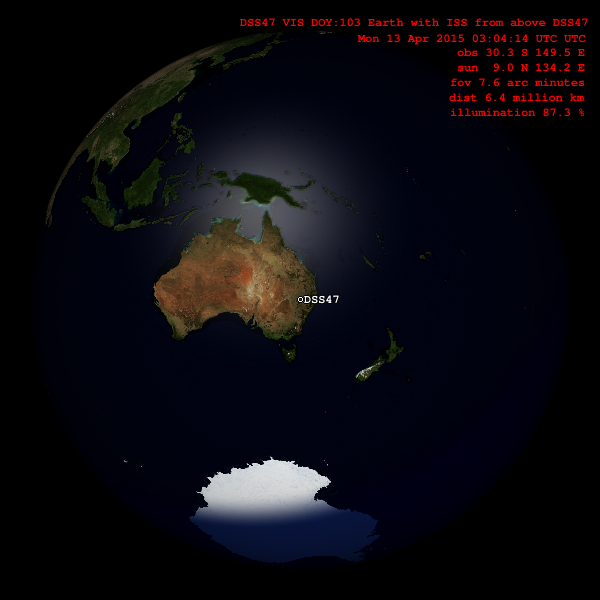 Download MOV of the past 7 days (updated every hour, size 20MB) |
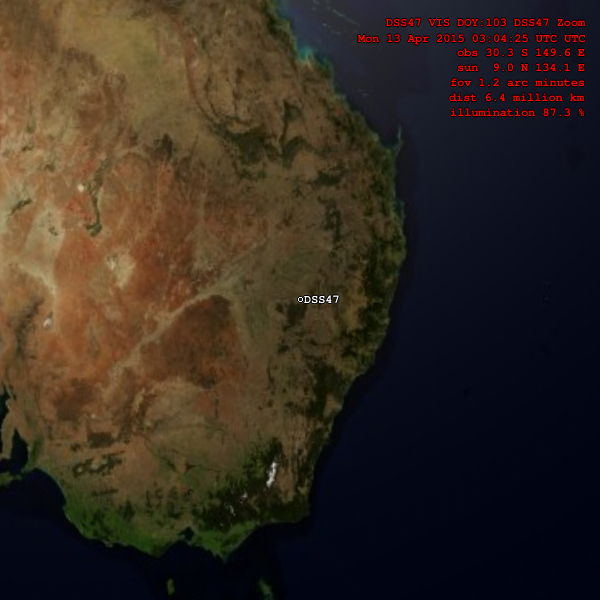 |
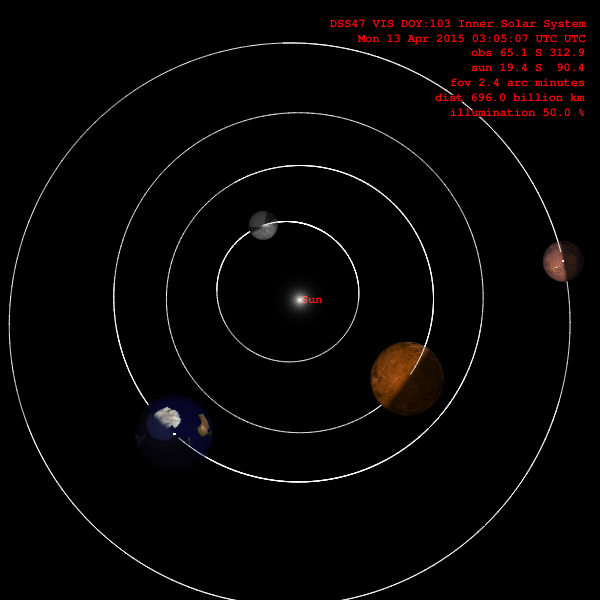 |
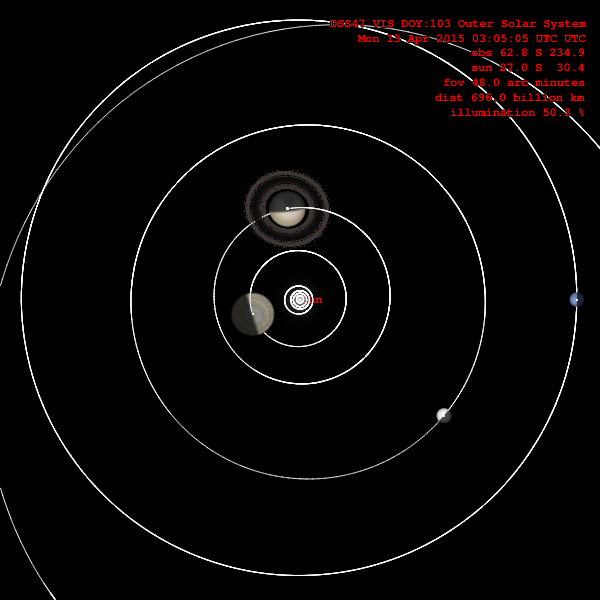 |
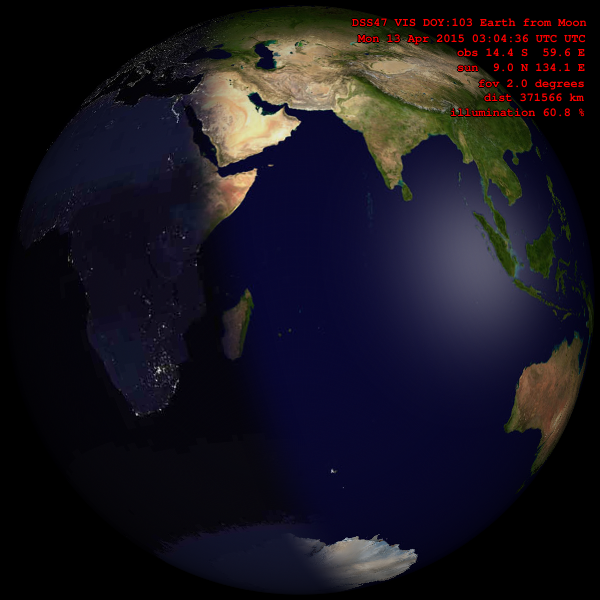 Download MOV of the past 7 days (updated every hour, size 20MB) |
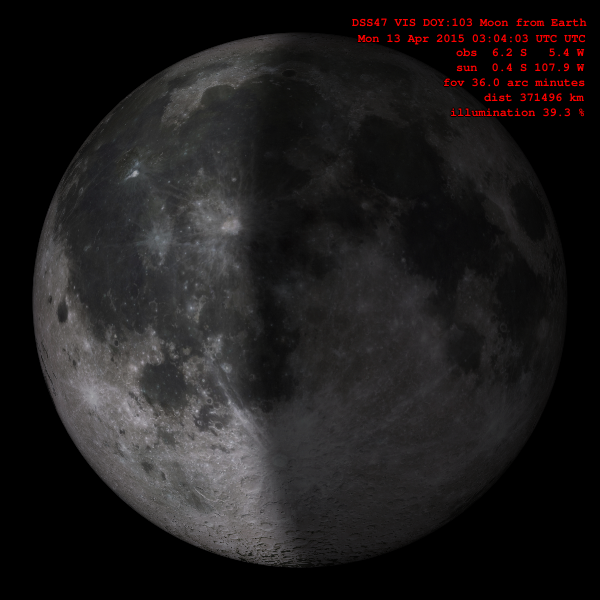 |
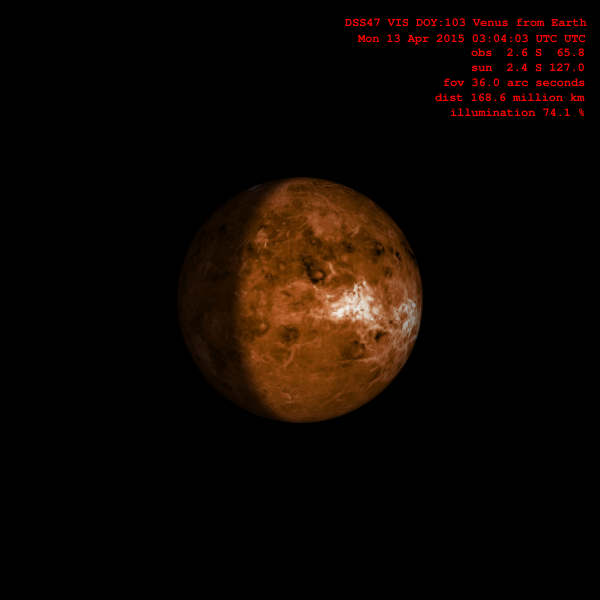 |
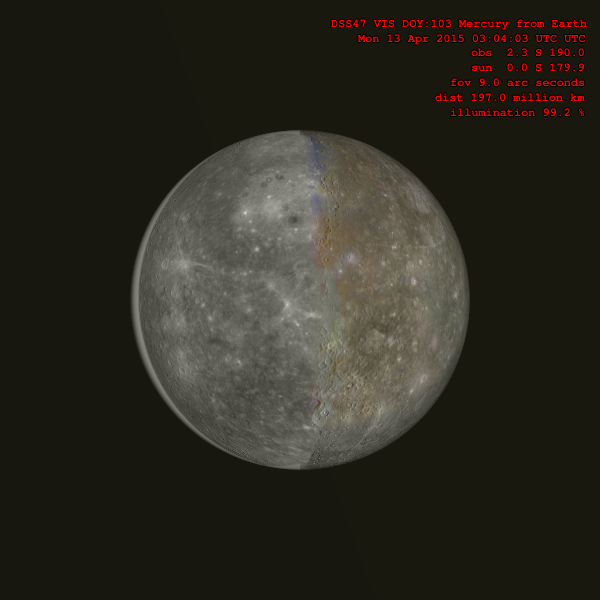 |
Updated: Balthasar Indermuehle (29-Aug-2013)
